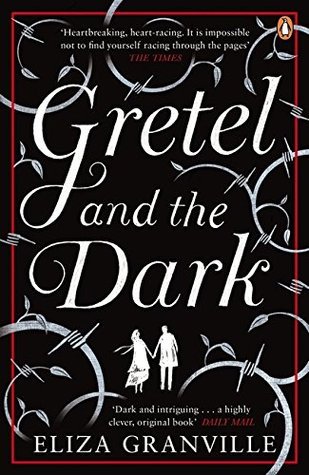
The Dark Room
Book Description
A shattered family. Mysterious shadows of the past. In "The Dark Room," emotions collide as three lives entwine, each grappling with haunting legacies and the weight of unspoken truths. From the chilling remnants of World War II to the intimate struggles of love and forgiveness, Rachel Seiffert crafts a poignant tapestry of sorrow and resilience. Tension crackles in every scene as characters face the ghosts of their choices, forcing them to confront the darkness within. What happens when the light reveals secrets better left hidden? The answer lies within the somber elegance of this compelling narrative.
Quick Book Summary
"The Dark Room" by Rachel Seiffert is a deeply moving exploration of Germany’s World War II legacy through three intertwining novellas. Each story follows a different German protagonist—a young woman named Helmut in Berlin, Lore, a teenage girl leading her siblings through a devastated postwar landscape, and Micha, a modern-day teacher obsessively researching his grandfather’s Nazi past. Through these intimately rendered stories, Seiffert explores the burdens of guilt, memory, and identity across generations. The novel's richly atmospheric scenes and understated prose lay bare how individuals wrestle with moral ambiguity, personal responsibility, and the inescapable shadows of history, ultimately questioning whether understanding and forgiveness are possible when the past refuses to stay buried.
Summary of Key Ideas
Table of Contents
Legacy and Personal Responsibility
The narrative unfolds in three distinct yet connected stories, with each protagonist representing a different time period and perspective in German history. The first tale centers on Helmut, a partially disabled Berlin boy obsessed with photography during the years leading up to and during World War II. His camera serves as both a witness and a barrier, capturing the reality of his city and its citizens as they are swept up by Nazi ideology and subsequent destruction. Through Helmut's eyes, readers experience the rise of totalitarianism, silence in the face of atrocity, and the numbing effects of denial and complicity.
The Burden of Memory and Compassion
In the novel’s second story, Lore, a teenage girl, finds herself responsible for her younger siblings after their Nazi parents are arrested. Forced to traverse a shattered Germany to reach their grandmother, the siblings encounter physical and moral peril at every turn. Lore struggles with the collapse of the world she believes in, gradually realizing the extent of her parents' involvement in the regime. As the children witness the aftermath of war—starvation, death, and defeated former SS officers—the innocence of youth collides with the horrifying reality of inherited guilt, challenging Lore’s concepts of loyalty, shame, and compassion.
The Innocent Amidst Guilt
The final segment follows Micha, a young teacher in contemporary Germany driven to investigate his revered grandfather’s SS past. Micha’s search is a quest for truth and absolution, both for himself and for his family. His journey takes him across borders—both geographically and emotionally—as he uncovers painful secrets, interviews survivors, and wrestles with the implications for his own identity. The process of discovery strains his relationships and confronts him with the impossibility of simple answers in the wake of generational trauma. Through Micha, Seiffert examines how the scars of history persist and complicate even the sincerest attempts at understanding and reconciliation.
Intergenerational Consequences of War
Seiffert’s understated prose focuses on the psychological landscapes of her characters, revealing how the trauma of war and the weight of complicity reverberate through ordinary lives. Rather than sensationalizing historical events, the novel’s structure and style foster empathy by humanizing those often relegated to stereotypes or statistics. The pervasive darkness, symbolized by Helmut’s photographs and Micha’s archival research, parallels the emotional obscurity in which these characters dwell, struggling to come to terms with what’s been done in their names.
Humanizing History’s Shadows
"The Dark Room" insists that facing the past—however painful—is essential to individual and collective healing. Whether through a camera lens, a refugee’s journey, or a historian’s research, Seiffert’s characters embody the difficult process of confronting uncomfortable truths. The book concludes without easy answers, suggesting that while history’s shadows cannot be fully illuminated or escaped, acknowledgement and compassion form the beginnings of forgiveness and renewal. Through its somber elegance, the novel asks readers to reflect on how ordinary people, shaped by extraordinary times, can strive to reconcile with the darkness within and without.
Download This Summary
Get a free PDF of this summary instantly — no email required.





